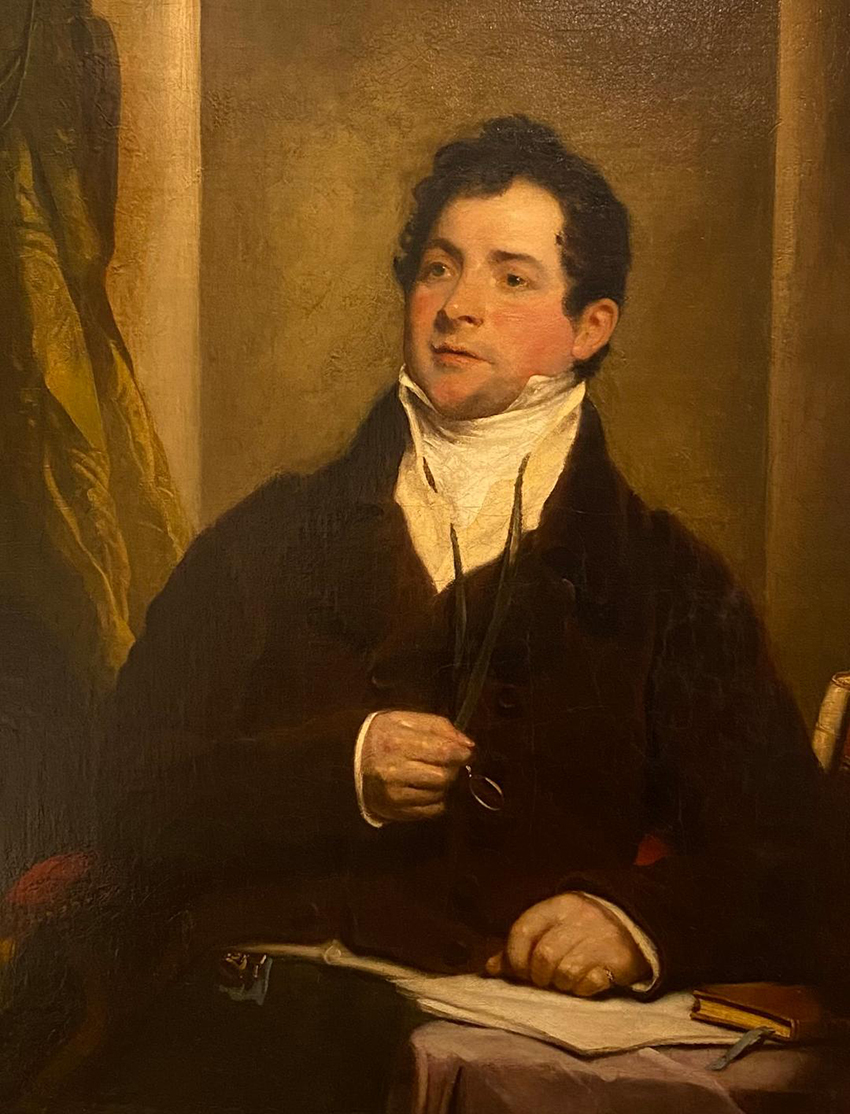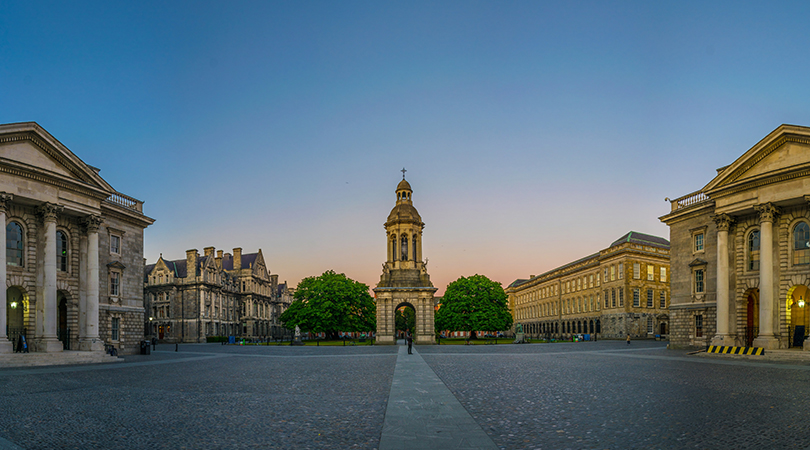By the late 1810s, the Irish poet Thomas Moore was living a turbulent existence abroad. He had fled his beloved Ireland under crippling financial strain, having been saddled with debts left by a deputy for whom he had stood surety. As he languished in loneliness on the continent, hearing of one dear friend passing after another, he found solace in meditations on the fleeting nature of life and the bittersweet power of memory.
His personal hardships shaped the elegiac tone of “Those Evening Bells,” a short but hauntingly beautiful lyric first published in 1818. Inspired by the sound of church bells at twilight, the poem reflects on how familiar sounds from youth take on new meaning with the passage of time. For Moore, the bells stir up nostalgia – reminders of lost joys, faded friendships, and the inevitability of change. The simple imagery of bells at dusk becomes a powerful metaphor for mortality and the melancholy awareness that life’s brightest moments cannot be reclaimed.
“Those Evening Bells” is both a personal reflection and a universal meditation on time and remembrance.

Image: Portrait of Thomas Moore (1779-1852) by Martin Archer Shee, circa 1817. Courtesy: National Gallery of Ireland, Dublin.
"Those Evening Bells"
Thomas Moore
Those evening bells! those evening bells!
How many a tale their music tells,
Of youth and home and that sweet time
When last I heard their soothing chime.
Those joyous hours are past away:
And many a heart, that then was gay,
Within the tomb now darkly dwells,
And hears no more those evening bells.
And so 't will be when I am gone;
That tuneful peal will still ring on,
While other bards shall walk these dells,
And sing your praise, sweet evening bells!
Cover image: The Campanile of Trinity College in Dublin, Ireland, where Thomas Moore was among the first Catholics admitted in the late 18th century.

